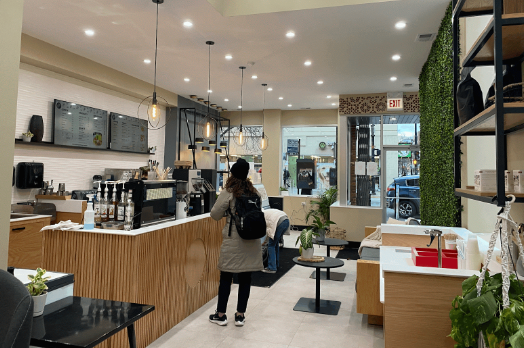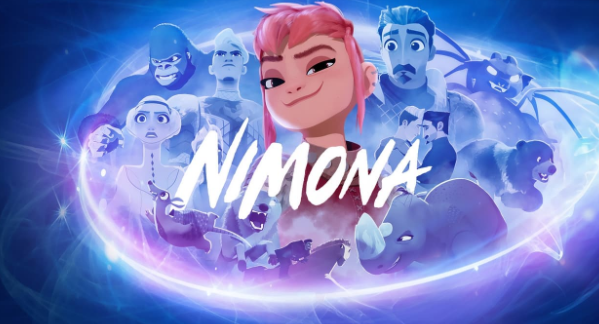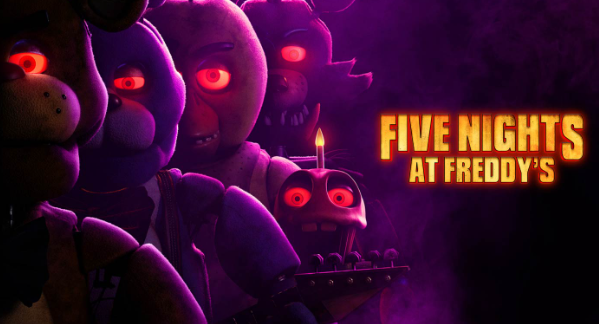
The ballot scanner at one of Chicago’s election precincts sits ready to accept more votes. (Photo by Will Foster)

By Will Foster ’20
More than 50 Payton students joined hundreds of their high school peers from around Chicago on November 6 as they served as election judges during the highly-anticipated midterm elections. At their neighborhood polling places throughout the city, student judges participated in the on-the-ground work that makes democracy possible.
Mikva Challenge, an organization that aims to increase political participation among Chicago’s youth, runs the high school student election judge program in conjunction with the Chicago Board of Elections. The program is open to juniors and seniors (many of whom cannot yet vote themselves). Chicago is among the nation’s leaders in student election judge programs.
“I think it’s important for students to see how the process works,” said Luis Menacho, a Payton Social Studies teacher and the school’s student judge coordinator. “Some students have had incredible experiences at polling places over the years. Others have been totally disgusted by the political situation and have become motivated to actually register to vote when the time comes and make a difference. They see how important their one vote is.”
Student judges are cloaked with the same powers and responsibilities as adult judges, such as deciding voter eligibility and registering voters. All judges — five per precinct — arrive at their assigned polling place by 5:00 a.m., at which point they and an election coordinator set up the voting booths. Then they go to their stations, where they monitor the open polls, under the close supervision of party-hired poll watchers, for the next 13 hours. After the polls close at 7:00 p.m., all the judges work to dismantle the equipment and return the polling place to its original condition. On November 6, most Payton students reported that they departed the polling place around 8:30 p.m. The student and adult judges even get paid — $190 for their service.
“The experience was tiring but very enjoyable,” said Simon Huffmangottschling ‘20, who served as a judge.
“It was an amazing experience,” agreed fellow judge Sam Brody ‘20, “and is a great way to get involved in the election process if you aren’t old enough to vote.”
Before election day, all judges were required to attend a whirlwind four-hour training class held at the Block 37 mall downtown. Each judge received a 120-page handbook of rules and instructions, which they were told to read in its entirety before election day. “They threw a lot of information at you,” said election judge Ashley Herrera ‘20. The judges practiced working mock election equipment and learned how to deal with myriad scenarios, from voters with visual impairments to non-English-speaking voters to a power outage. They also learned that ordinary voters don’t have to show an ID every time they vote, unlike in some Southern states.
Nothing could quite prepare the students for election day itself. “I think the training was helpful in learning how to set up the polling place, but it wasn’t very helpful in terms of registering and interacting with voters, and dealing with problems,” said judge Kaylee Zilinger ‘20.
“The training was unfortunately a lot different from how we learn information at Payton,” Brody said. “It was a lot of reading and not a lot of application. However, I still think the training helped.”
Zilinger, despite being a novice, said she was essentially forced to take charge of her polling place when her precinct’s adult judges turned out to be even less prepared. “I liked the ability to lead,” she said, “but it was kind of frustrating because I didn’t have a lot of knowledge on being an election judge.”
Herrera said she had the opposite experience on election day. “We trusted that our key judge knew what to do,” she said. The key judge is the one assigned to pick up the key to the polling place beforehand. This person is the first to arrive and the last to leave.
Election judges rotated through various stations throughout the day. Some worked on helping voters properly insert their ballots into the scanner; others worked on activating the touch-screen for voters who required it; still others worked on check-in or registration. Along the way, judges troubleshooted various problems that arose, like ballots rejected by the scanner due to votes recorded for more than one candidate in a race.
After closing the polls at about 7:00 p.m. — slightly later in some precincts, since anyone in line at 7 is legally allowed to vote — the students and their fellow election judges began the arduous tasks of collating ballots and disassembling voting booths. Judges had to contend with an almost incomprehensible number of envelopes and forms, each with its own specific purpose. All judges were required to sign each of the several forms recording vote totals. And every time an envelope with ballots or other materials was closed, all judges had to sign across the seal.
After everything was in order at the polling place, two election judges had to bring the completed ballots to a designated neighborhood receiving station. However, pursuant to Board of Elections rules, student judges were not allowed to take on this task.
The students were so wrapped up in their work that it was easy to forget what was at stake in the election on November 6. Most prominently, Republican Illinois Governor Bruce Rauner was facing a challenge from billionaire Democrat J.B. Pritzker. At the end of the most expensive gubernatorial race in American history, Pritzker emerged victorious by a resounding margin.
Meanwhile, in Illinois and around the country, there were many seats in play in the U.S. Congress. The Democrats ultimately took over the majority in the House of Representatives, even as the Republicans solidified their Senate majority. Democrats had hyped the election as a potential “blue wave” of anti-Trump sentiment, and such a wave, if an imperfect one, did seem to be materializing as the night wore on.
For student election judges, however, the focus was on the immediate task. They were simply trying to keep things running smoothly in their precincts until the ballots were sent safely off to the receiving station. “I was still counting the votes for my precinct when a poll watcher said Pritzker won,” Zilinger said. Herrera said she didn’t even learn the results until the next morning.
Next up are February municipal elections for mayor and ward aldermen. All student judges from the November election are eligible to serve in February if they so choose.
“I repeat: If you can’t vote please be an election judge!” Brody said. “Although judging entails a 17-hour day of work, I blinked, and the election was over. You’re so busy that time flies. Plus you get paid for the day. I will definitely judge the upcoming election in February.”





Leave a comment